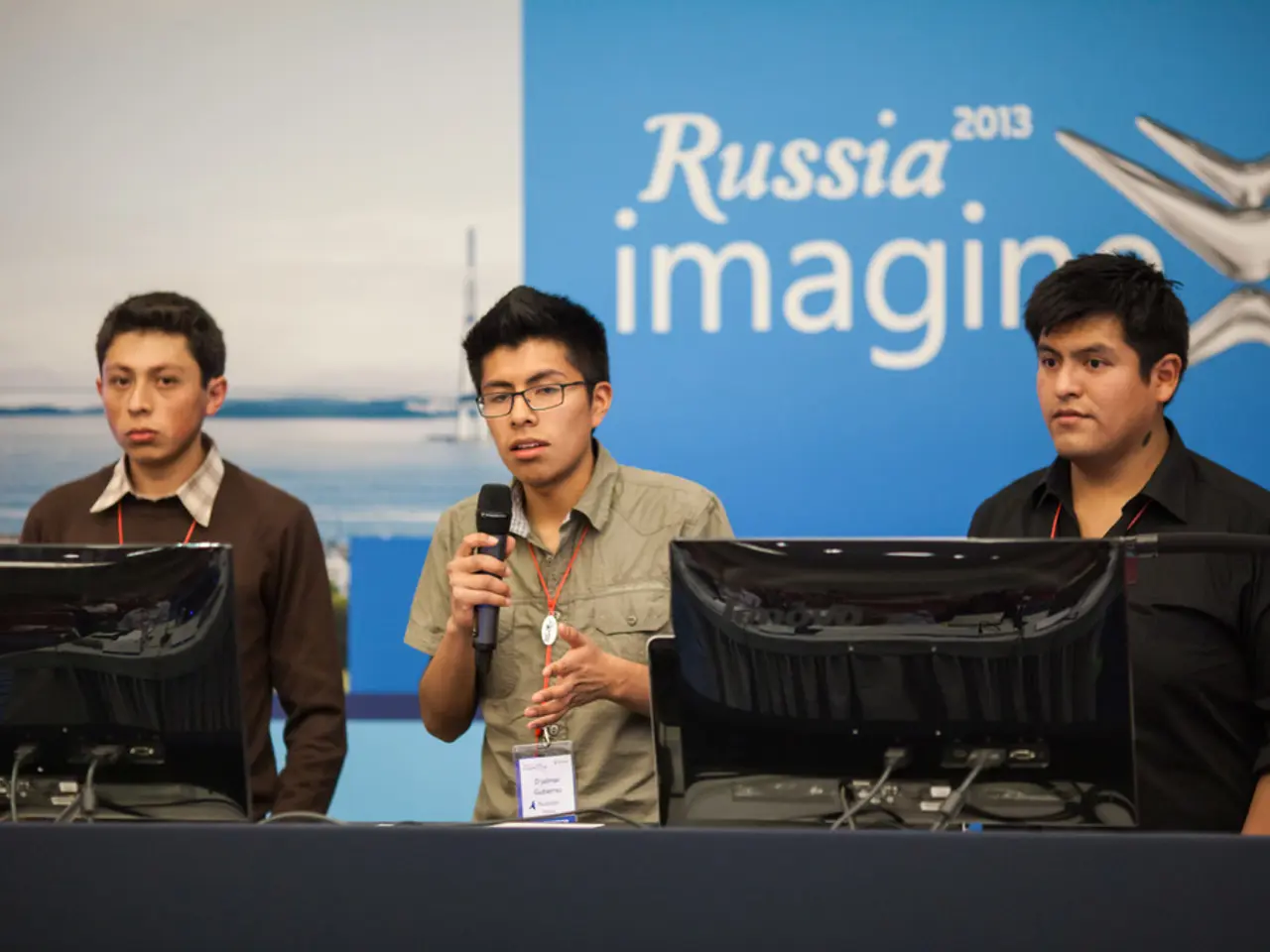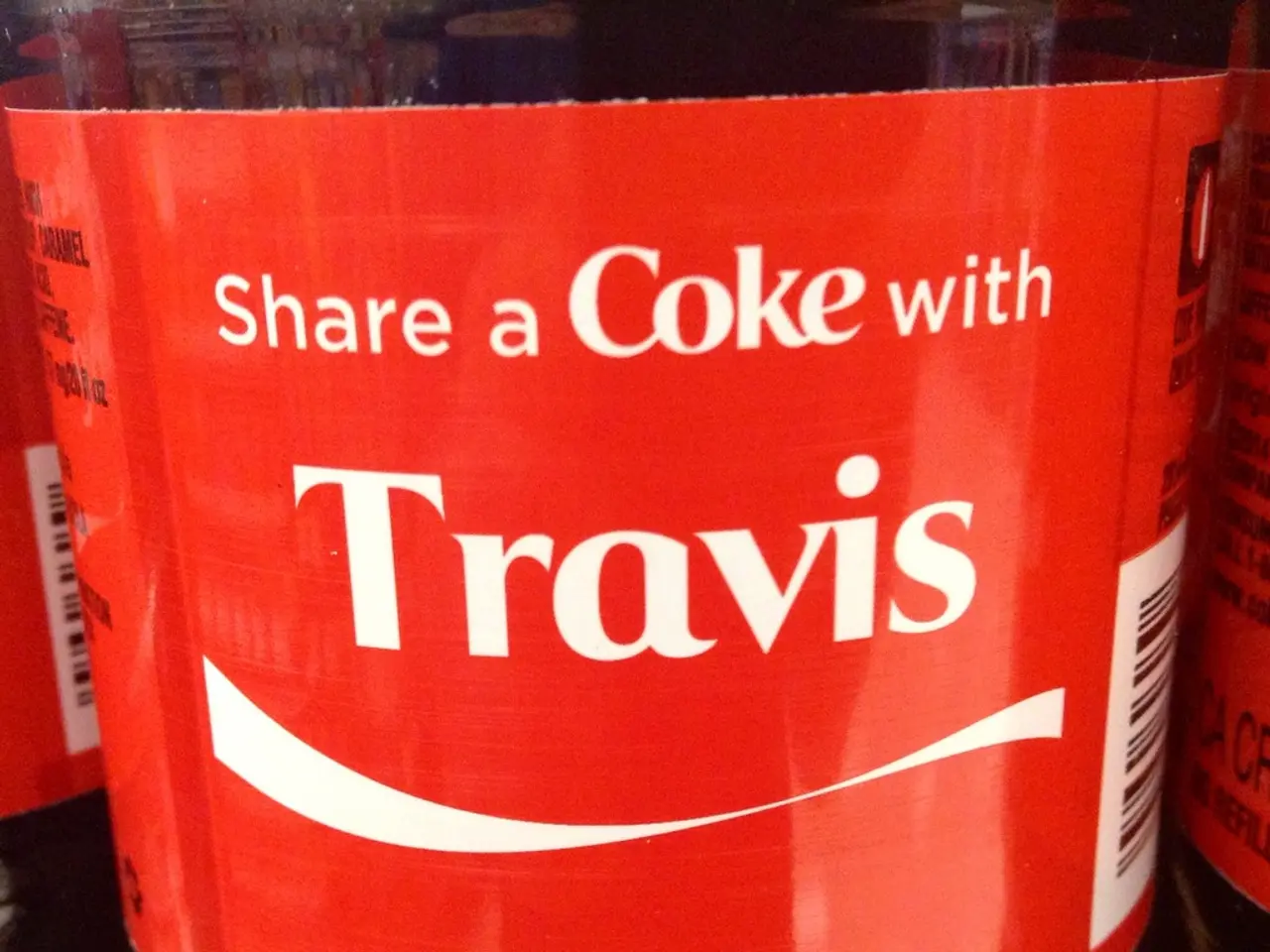Analysis of Political Leaders Through AI Image Recognition Techniques
In the modern political landscape, Artificial Intelligence (AI) is increasingly being used to analyze and shape the images of political leaders. This technology can provide valuable insights into various aspects of a leader's public persona, from their emotional state and communication skills to their overall likability.
AI is employed to refine and enhance the image of political leaders by analyzing parameters such as facial expressions, tone of voice, body language, and gestures. This analysis can help identify areas for improvement in public speaking skills, allowing leaders to connect more effectively with their audience.
Moreover, AI can detect symbols, campaign logos, colour schemes, and other visual cues that communicate ideological or emotional messages. This enables AI systems to gain insights into a leader's thoughts, emotions, and behaviour, and even infer their political messaging.
AI-based image analysis is also used to assess political leaders' performance, communication skills, body language, expressions, and reactions to situations. This analysis can be instrumental in shaping public opinion and influencing voter perception at scale.
One of the key benefits of AI in political campaigns is its ability to facilitate microtargeted personalization of messaging. AI, particularly generative AI, can create highly personalized political content tailored to individual voters based on their demographic and psychographic data.
AI-powered analysis of political leader images can also detect emotional expressions, generate automated responses, or assess public sentiment based on how leaders are visually portrayed or how their images circulate online.
However, it's important to note that while AI offers numerous benefits, it can also be misused. AI-driven image analysis technology can be used to spread propaganda, discredit opponents, or drive election results.
To mitigate these risks, AI models can be designed to use balanced datasets, ensure diverse representation, perform fairness checks, and undergo regular auditing of model predictions for skewed outputs.
In conclusion, AI plays a significant role in shaping political campaigns by enabling enhanced microtargeting, image-based sentiment analysis, and message personalization. Its impact, however, varies depending on political orientation and trust in AI technologies. As we continue to harness the power of AI, it's crucial to ensure its use remains ethical and transparent.
References:
[1] Bichler, K., & Waidmann, T. (2019). The political economy of AI: A political economy approach to the governance of artificial intelligence. Information, Communication & Society, 22(10), 1361-1378.
[2] Chen, X., & Chen, Y. (2015). A computational approach to visualizing political and cultural symbols in images. Proceedings of the 2015 IEEE International Conference on Multimedia and Expo, 341-348.
[3] Chu, S. L., & Fang, J. (2020). Microtargeting, persuasion, and political polarization: How social media platforms and political campaigns manipulate voters. New Media & Society, 22(1), 13-29.
[4] Gerber, A. S., Goldstein, D. R., & Iyengar, S. (2016). The influence of evidence on political polarization. Proceedings of the National Academy of Sciences, 113(41), 11471-11476.
Social media platforms are leveraging AI to refine the branding strategies of politicians, analyzing various aspects such as facial expressions, vocal tones, and visual cues to shape public perception. AI-driven analysis also assists in microtargeting voters, creating personalized political content based on demographic and psychographic data. However, the misuse of AI in politics, like spreading propaganda or discrediting opponents, necessitates ethical and transparent practices.








